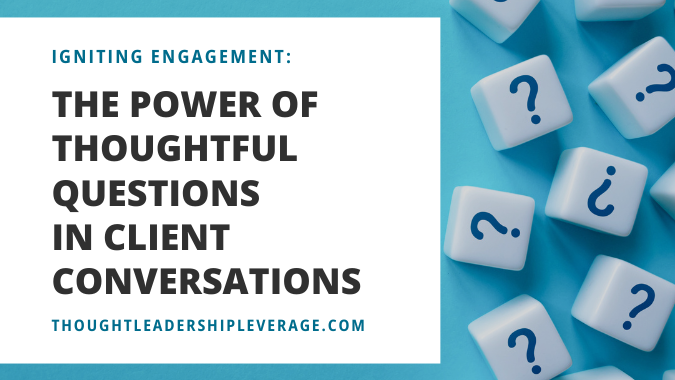In the world of thought leadership, we're the ones stirring the pot, sparking discussions, and…
Zero Sigma and Your Slacking Content Assets
We live in the world of Lean Manufacturing and Six Sigma. We can eliminate waste and inefficiency in almost every business function—research, distribution, packaging, logistics, supply chain, inventory management, and talent development—just to name a few. The list is almost endless. The concept is to use what you have in the most effective way possible at all times. We make the most of every resource be it time, energy, raw materials, etc. It forces us to be efficient and competitive and enables us to maximize our return on investments. It also creates wins for everyone whether they’re the buyer or the seller. Technology clearly aids us on this journey but it starts with a mindset of efficiency.
So why is it that most thought leaders practice
what I call Zero Sigma?
First let me define Zero Sigma. It’s when 95% or more of your assets are idle at least 95% of the time. Now in most industries this just would not be an option. The economics would make it impossible to sustain an entity that was so inefficient. Imagine a hotel chain that ran at 5% occupancy? Imagine a plumber that was only able to bill for 2 hours of his time a week? An auto plant that had to send back 9.5 cars out of 10 that came off the line? Unfathomable.

However, most authors and thought leaders do just this. They’ve written a handful of books, dozens of articles, and hundreds of blog posts. They’ve researched and developed a wide array of state of the art models and tools, created valuable assets, and continue to frantically do so. Those assets sit idle and get used on occasion during a keynote or a workshop. The thought leader, author or speaker typically need to be in the same room as their content in order for value to be created and for dollars to change hands. This is incredibly inefficient.
You need to put your content assets to work and move from a Zero Sigma mindset to a Six Sigma mindset. There are many ways to do this, but you need to start with a strategy. You need to determine who would benefit most from your work being available to them in as wide a range of modalities as is possible. That might include a consulting diagnostic, an individual assessment tool, a video enabled learning system, licensing your content globally—the options are almost limitless. This is where many authors and thought leaders struggle as they are more comfortable creating new things, writing more, or researching more. “Productizing” their content is outside of their comfort zone so it just doesn’t get done. My counsel is that you start to think of all that you produce as an asset and realize that it does not need to spend most of its time idle. Make sure it’s being used efficiently, you may not achieve the holy grail of Six Sigma but anything would be an improvement from Zero Sigma.
This Post Has One Comment
Comments are closed.





I like the idea of helping other people to benefit from a thought leader’s expertise — and for the said thought leader to earn revenue — remotely. One of the issues is that creating content takes time, and it may take skills — like video production, perhaps — that the person doesn’t have. It sounds like a small thing, but it stops may thought-leaders from reaching and monetizing a larger audience. Any thoughts on the best way to either acquire those skills, or hire them?